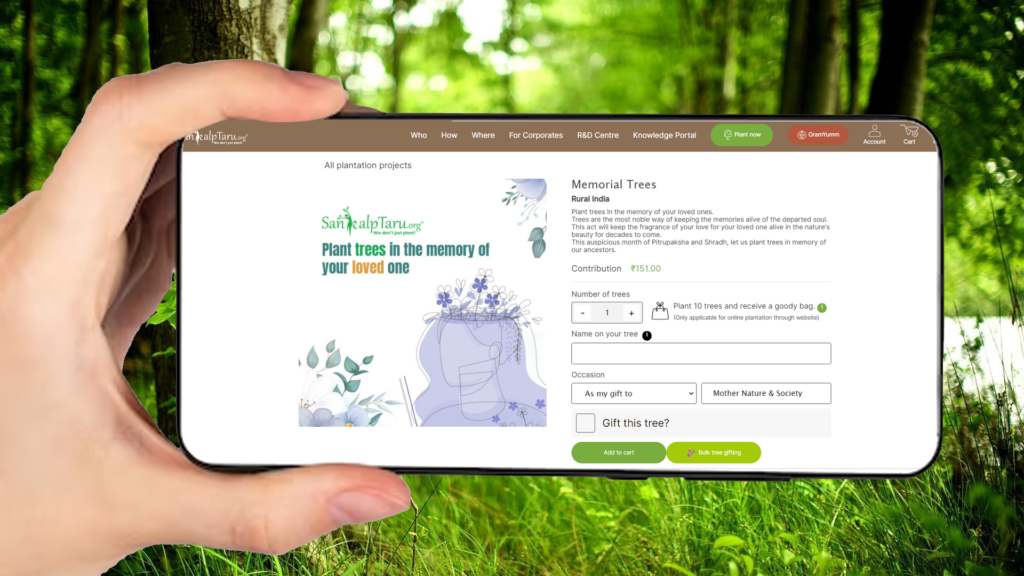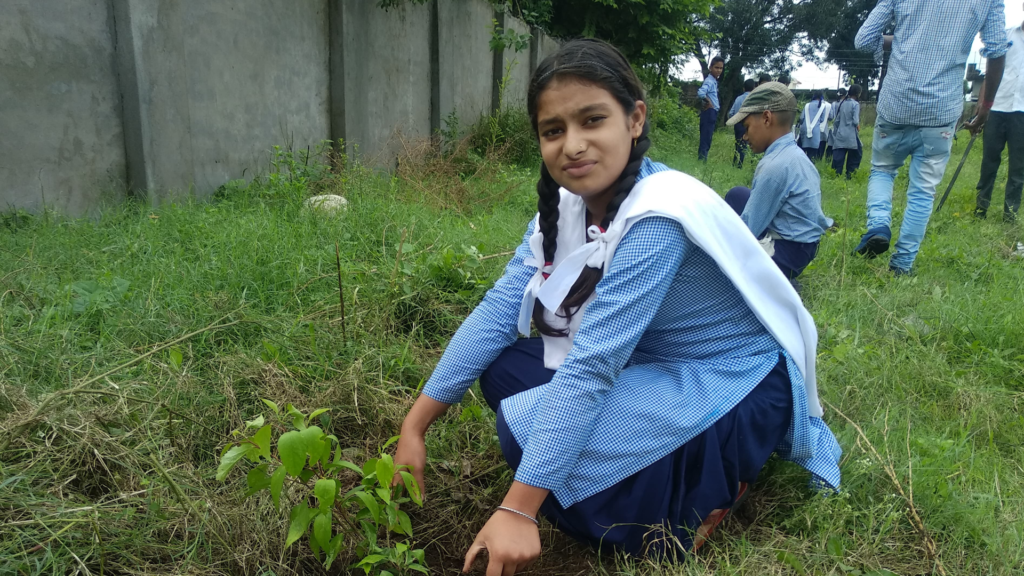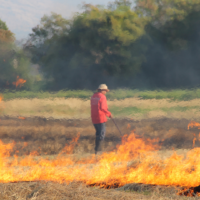AS the world faces the intractable challenges of global warming, climate breakdown and deforestation, planting trees is one of the best solutions to combat this, as stated by the Intergovernmental Panel on Climate Change (IPCC). However, afforestation drives in India have been focused on achieving large targets or clocking records. The focus of many tree planting initiatives has been on meeting numerical goals, such as planting millions of trees within a few hours. While setting ambitious targets is good, it should not be at the expense of ensuring the long-term success of planting trees. Moreover, these afforestation campaigns have lacked post-plantation tracking and monitoring. After trees have been planted, there is no system in place to sufficiently monitor the trees’ growth and health. In the absence of post-plantation care, the survival rate of trees has been very low, around 30 to 40% at times. This poor survival rate often leads to wastage of resources and a lack of trust among the masses.
SankalpTaru’s innovative interventions
In 2012, we at SankalpTaru recognized this problem and decided to bring in technological interventions to make tree plantation programs more transparent and impactful in the long term by enhancing the sustenance of planted trees. We created an online platform wherein people could plant trees virtually to celebrate various occasions and also remain connected with their planted saplings.

Once the virtual plantation is complete, we plant saplings physically, take photos, geo-tag them and share these details promptly with the donors through email. Since all the trees are placed on a GPS map, the progressive satellite imagery of the plantation areas allows our donors to track the growth of their planted trees. Subsequently, periodic updates of the plantation fields are also shared with the donors. This approach has brought transparency into the process and made tree plantation easy for our donors, who can now plant trees with a few clicks online.
The process: baseline surveys, selection and plantation
Locations are chosen where tree plantations can create a broad impact. The environmental impact has been further maximized by adding a socio-economic dimension to these programs. On-ground operational models have been designed so that there is always ownership around the nurturing of trees and there are socio-economic incentives for rural communities. Beneficiary farmers whose livelihoods could be positively affected through tree plantation are selected through a meticulous survey and screening process. These surveys are technology driven and the Operations Coordinators of SankalpTaru are equipped with a mobile app to capture and analyze various field parameters to ensure the long-term sustainability of plantations. Once selected, these beneficiary farmers are then supported with saplings sourced from hi-tech nurseries and micro-drip irrigation systems to economize the water. Agronomy support is extended to them, which enhances the fruit harvest and ensures a higher survival rate of planted trees.

Gaanv ka Jungle, Gaanv ke Liye
Under the other operational program, barren community (Panchayat) land blocks are identified and developed as “Gaanv ka Jungle, Gaanv ke Liye” – A Community Forest, By the People For the People. These plantation blocks are then equipped with solar panels that run the irrigation system to water the young plants and meet the electricity requirements of the SankalpTaru crew members staying there. At a few locations, sewage treated water is used for irrigation purposes. Therefore, the entire post-plantation operations are technology-driven, completely sustainable, and harmonious with nature.
Educate and inspire students
We have also been using scientific interventions to demonstrate the science behind nature to various students under the Clean and Green School Program. Scientific models showing rainwater harvesting, renewable power generation, photosynthesis etc. are demonstrated to create awareness among students and nurture them to be environmentally-conscious citizens of the future.

Drones for seed dispersion
To further enhance the speed of afforestation and re-green landslide-affected areas, aerial seed dispersion techniques are used. ‘Beejyaan’, a drone equipped with a seed bomber, is used to disperse seedballs of native species in remote hilly terrains. Artificial intelligence and remote sensing techniques are used to identify and then monitor the growth of vegetation after aerial seed dispersal.
Utilizing blockchain technology
Furthermore, SankalpTaru uses blockchain technology to enhance transparency and accountability in its tree plantation programs. The organization has developed a platform which uses blockchain technology to create a tamper-proof record of every tree planted under its initiatives. This helps build trust among donors and ensures that the tree-planting initiatives are transparent and accountable.
Mobilizing the public
People’s participation is crucial for the success of any environmental conservation movement and technology can greatly help connect all the stakeholders involved. Donors have genuine intentions to support this movement and they are eager to extend their long term contribution to initiatives that are credible, transparent and sustainable.

Corporate involvement
With an increased corporate focus on environmental, social and corporate governance (ESG) and corporate social responsibility (CSR) programs, there is a need for implementation partners who can not only demonstrate success on the ground but also help with credible and quantifiable data sources to measure and report success. There is a growing demand to develop nature-based solutions to sequester carbon and help corporates meet their carbon-neutral pledges. Technology again plays a crucial role in meeting this growing demand, provided it can bring in scale, transparency and impact.
SankalpTaru’s innovative use of technology in afforestation programs has shown that technology can significantly address environmental challenges. By creating a more sustainable and transparent approach, we can ensure the long-term success of afforestation programs and make significant progress in the fight against climate change.
Established in 2000, Give.do is the largest and most trusted giving platform in India. Our community of 2.6M+ donors have supported 3,000+ nonprofits, impacting 15M+ lives across India.
Discover more from give.do
Subscribe to get the latest posts to your email.




